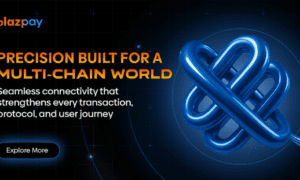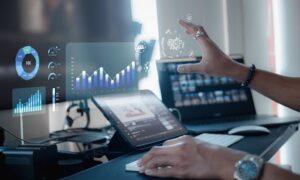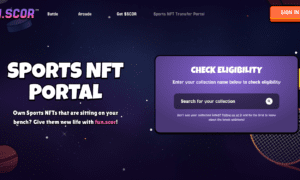Welcome to a world where technology has seamlessly integrated itself into our daily lives, transforming the way we interact with businesses and services. In this era of hyperconnectivity, location-based services have emerged as the ultimate game-changer for enhancing the user experience across various industries. Whether you’re navigating through unfamiliar streets or searching for personalized recommendations, these innovative solutions are here to revolutionize your journey from start to finish. Join us today as we explore some notable examples that showcase how location-based services are shaping the future of different sectors, leaving no stone unturned in their quest for an unparalleled user experience. Buckle up and get ready for a thrilling ride!
Introduction
Location as a Service (LBS) can be used to provide services that are customized to a user’s current location. This could include things like recommendations for restaurants or shops in the vicinity or even automatically opening the door for someone arriving home.
There are several notable examples of LBS in different industries. In transportation, LBS can be used to provide real-time updates on traffic conditions or route planning. In retail, LBS can be used to recommend products or deals based on a customer’s past purchases or browsing history. And in healthcare, LBS could be used to track patient movement and notify doctors of potential emergencies.
While there are many uses for LBS, the key takeaway is that it can improve user experiences by personalizing content and services specifically for each individual.
Notable examples of location-based services in different industries include retail, travel, healthcare, transportation, and tourism.
Location-Based Services (LBS) are a powerful tool that can enhance the user experience by providing valuable information about the surrounding environment. LBS can provide retailers with insights into customer behavior, transportation providers with real-time traffic information, healthcare facilities with patient location data, and tourism agencies with mapping data of popular tourist destinations.
Retailers have been leveraging LBS for years to understand customer behavior. For example, Walmart uses LBS to monitor foot traffic in its stores and track which products are being bought most often. By understanding customer preferences and patterns, Walmart can adjust inventory levels and marketing strategies accordingly.
A more recent application of LBS is in the field of transportation. For example, Uber uses LBS to determine how long it takes riders to reach their destinations and provides updates on traffic conditions along the route. This information is used to optimize routing for Uber drivers and passengers alike.
Healthcare facilities are also utilizing LBS to improve patient care. For example, hospitals use GPS coordinates collected during scans or other medical procedures to locate patients who have wandered off the hospital grounds or who have fallen unconscious. By tracking patients’ movements throughout the hospital facility, nurses can better assess their condition and administer treatments where they are most needed.
In the tourism industry, mapping data is essential for planning trips efficiently. For example, TripAdvisor uses LBS data to determine which hotels are popular among travelers and which attractions should be included in a given traveler’s itinerary.
Discrimination and Privacy Issues with LBS
Location-based services (LBS) are a powerful tool for enhancing the user experience. They can improve navigation, help users find nearby restaurants or attractions, and more. However, LBS can also lead to privacy concerns.
One common concern is that LBS could be used to track users. For example, if a restaurant knows where you are, they might be able to target ads specifically at you. Other apps could use your location information to determine your race or income level.
To minimize these privacy concerns, it’s important to understand the different ways LBS can be used and the implications of each. Also, it’s important to have clear policies in place about how your data will be used. For example, if you allow an app access to your location data, make sure you have a way to revoke that permission if needed. And always remember: just because something is convenient doesn’t mean it’s legal!
Conclusion
Location-based services (LBS) are becoming increasingly ubiquitous, with notable examples in different industries. While LBS has been applied for many years in traditional retail settings and transportation systems, the recent growth of mobile devices and apps has made LBS a pervasive part of our lives. This article explores how LBS can be used to enhance the user experience, including cases where it makes life easier or more enjoyable.
































